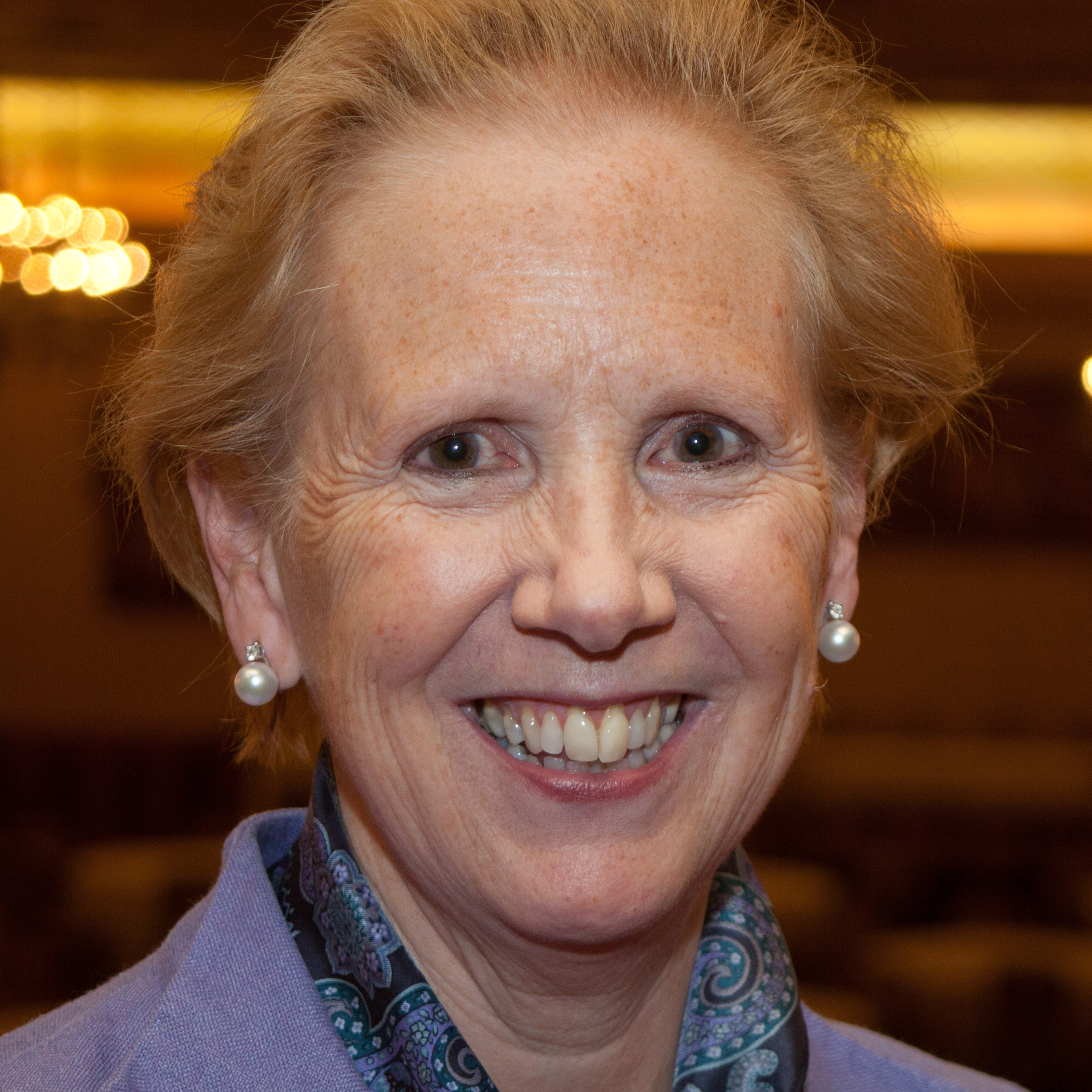
Brief information on Canada’s foundation and philanthropy sector, at a glance:
| Number of foundations: | Private foundations: 5,743 and public Foundations 5,065; source: Philanthropic Foundations Canada (2018) |
| Main umbrella bodies: | Philanthropic Foundations Canada (PFC), created in 1999 and registered charity since 2002 Community Foundations Canada (CFC), 1992 |
| State of the sector: | Giving by individual donors highly concentrated in older generations. Number of private foundations is increasing. Foundations tend to be family-dominated and small. Small number of foundations are highly networked and strategic, increasingly engaged in collaborative grantmaking and programs. |
| Biggest opportunity in the sector: | Support and strengthening of the successful integration and reconciliation of a highly diverse and urbanised population. A special opportunity is the reconciliation process with Canada’s First Nations. |
| Biggest challenge for the sector: | Philanthropic funding is tiny compared to government. Limited opportunities for charities to earn income. Need for great expansion of social finance and modernisation of charity law. Country is geographically very spread out and challenging to work at national level. |
27 November 2018
Interview with Hilary Pearson, President & CEO, Philanthropic Foundations of Canada and Michael Alberg-Seberich, Managing Director, Beyond Philanthropy

Hilary and Michael, what are the three broad issues that will drive the Canadian foundation and philanthropy sector in the next 10 years?
Canada has a very large baby boom generation. This generation is now inheriting enormous wealth and has also created wealth through business creation. This means that there is an increased focus on philanthropy as this generation moves past its mid-60s. Much of this philanthropy is family-run as most businesses in Canada are family-led. A new generation of donors and social investors is getting involved in philanthropy in Canada. This is a tremendous opportunity for growth of the foundation sector and more innovative choices of strategies including granting, convening, advocacy, programme operations and social investing.
Reconciliation with Canada’s indigenous peoples is dominating the political and philanthropic discourse. Canada’s Philanthropic Community released in June 2015 “A Declaration of Action” to commit to support of the reconciliation process with Canada’s indigenous people. This commitment is promoting much more activity and discussion around cultural competency, recognition of need for inclusion, and new forms of funding including participatory grantmaking, impact investing and collective impact work. These are developments that could influence philanthropic work in other countries.
The effects of digital technologies are changing Canadian practices of giving and grantmaking. With CanadaHelps.org, Charity Village or benevity, Canada is home to some important technological innovators in the field. There is much more to come.
Which topics do you expect philanthropy to focus on?
Canadian foundations have typically tended to give the bulk of their grants to three sectors: education, social services and health. In Canada, most funding of education is at post-secondary level to colleges and universities. While grants may still go in large amounts to these three sectors, there is a group of Canadian foundations who are more interested in the smaller charities working in the areas of social inclusion, reconciliation, youth development, immigrant integration, urban environments and climate change strategies and protection of the environment. They will use strategies that go beyond grantmaking (convening, funding research, building community organisation resiliency and capacity, partnering, etc.).
What is traditional philanthropy and how do you expect this to develop in the future?
More traditional philanthropy in Canada is focused around making arm's-length grants to charities, many of which are hospitals and health institutions, universities and larger community centres and arts organisations (museums, festivals etc.). Many foundations are place-based in their grantmaking and focus on their immediate communities. There is relatively little international (cross-border) giving. Foundations have been crucial as supporters of the local university, the local theatre, the local nature reserve or the local homeless refuge. While these commitments will continue, there may be more direct involvement of the foundation board and staff in projects, and more collaborative funding. One indicator of the latter trend is the growing number of affinity groups among philanthropic organisations in Canada.

What role will philanthropy take?
Foundations are starting to move beyond the isolated grantmaking role to roles that involve them as partners with others in the corporate sector and with governments. Foundations (just a few but an increasing number) are willing to play an advocacy role. The federal government announced in November 2018 a major investment in a social finance fund that will certainly involve more foundations in becoming social impact investors. The government is also changing and removing the limits on advocacy activities by charities which will perhaps encourage more foundations to become engaged in public policy development. And the federal government is also taking important steps to encourage more funders and donors to become involved in supporting public benefit media in Canada.
Will Canada’s philanthropy be more nationally focused or also regional and global?
Philanthropy in Canada is focusing much more on issues of diversity and inclusion (going beyond borders to recognise the many cultures of the world now represented in the Canadian population). Giving is also slowly becoming more global. An important reason for this is the growing philanthropy of immigrant communities in Canada. The Jewish community in Canada has been highly engaged in giving in Israel. Canada has one of the largest populations of south Asians in the world outside the sub-continent and the Sikh community is an important donor in India. The Canadian Chinese community is very important in giving to China. But there remain major regulatory restrictions on giving outside of Canada as the government insists that donors maintain direction and control over the funds provided to organizations not registered as Canadian charities. This restrictive regulation has hampered cross-border giving and may continue to do so.
Is there any other subject which you consider as vital for the sector?
Canada is a country that has an extremely well-developed and engaged community foundation network. Look out for more to come from this collective form of community philanthropy. Already community measures of wellbeing such as “Vital Signs” are spreading as a model from Canada around the world.
Are there some developments we are not yet aware of at an international level, but that you see coming along in the future?
Political discourse in many parts of the country is challenged by the same issues as faced by other parts of the world, leading to a rise in populist politics and politicians. Civic engagement and community are threatened by the isolationist effects of poverty, inequality, racial exclusion and even the negative effects of social media. But there are innovative and positive solutions to many of these threats. Canadian funders of civil society organizations are recognizing them and are working with them to support experiments, pilots, new ways to figure out and test approaches and to reinforce inclusion and engagement.
If people want to get informed about news and trends in the sector in Canada, where can they find this information?
- PFC’s two web sites www.pfc.ca and www.philanthropyinaction.ca provide data and stories on foundations in Canada. The PFC President’s Blog writes regularly on trends in Canadian philanthropy.
- CFC’s website www.communityfoundations.ca provides information on the community foundation movement and activities Across Canada.
- The Philanthropist www.thephilanthropist.ca is an online free journal that publishes many interesting articles on philanthropic trends across Canada
- www.imaginecanada.ca gives you an overview of the charitable sector overall in Canada.
Compiled by the EZ-Scout seconded to the Association of German Foundations
Next Philanthropy around the world
More experts on how the foundation and philanthropy sector is developing worldwide.
Read more
